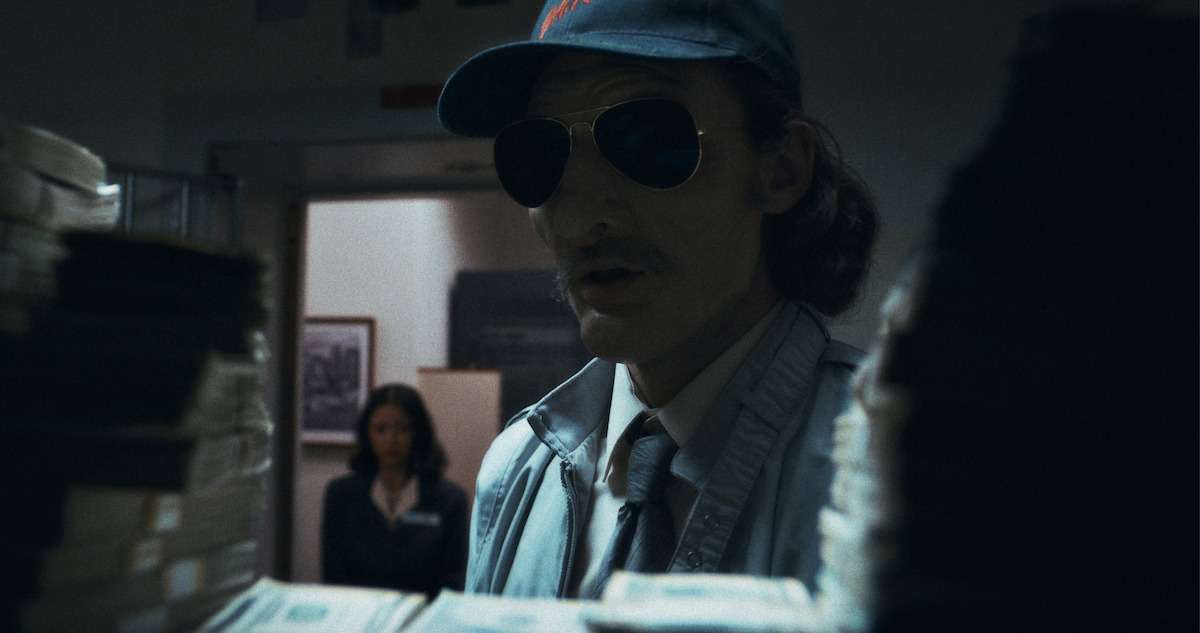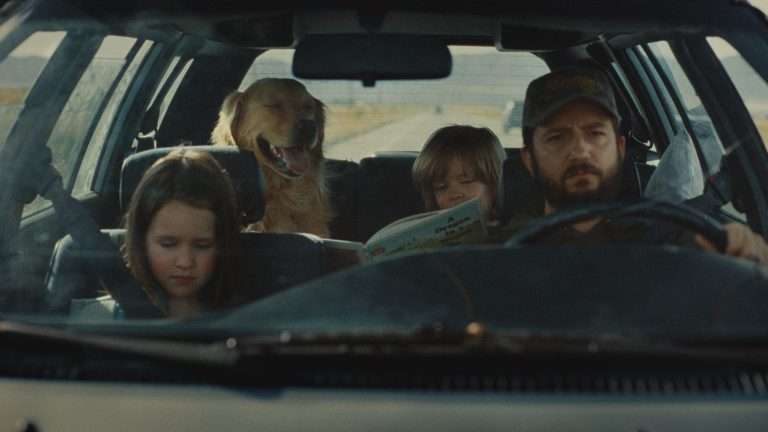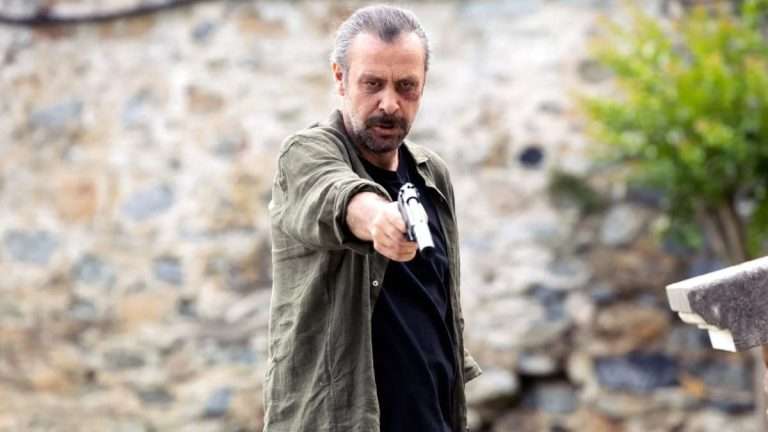Any movie or documentary with a title that sounds like an instruction manual now has an uphill battle to elicit interest after “How to Blow Up a Pipeline.” Netflix documentary, “How to Rob a Bank,” directed by the duo of Stephen Robert Morse and Seth Porges and following a true charismatic robber in 1990s Seattle nicknamed “Hollywood,” had all the potential to be incendiary.
However, this is a Netflix documentary, and while it is unprecedented for any organization to become synonymous with its product, both Netflix and A24 have unwittingly become synonymous with the media they choose to churn out and distribute, respectively. Perhaps to feed the content machine because there is a steady audience for documentaries, especially true crime, but the ones created and distributed by Netflix have a factory-made texture and familiarity that is simultaneously bland as well as comforting.
“How to Rob a Bank,” like all Netflix documentaries, starts and peaks in its opening 15 minutes, with its guitar riff score and its comic-book storyboarded animation seamlessly transitioning into a live-action Hollywood filmmaking set-piece of a bank robbery. It immediately pulls you in, enticing and surprising you via its talking heads—the FBI agents in charge of the investigation as well as the surviving robbers of the bank heists. But soon, the movie settles down to its familiar rhythm as it chooses to take the easiest way out—exploring “Hollywood” Scott Scurlock and his bohemian hedonistic lifestyle.
The exploration of a man who remains bare-chested while living in a treehouse and effectively choosing to remain disaffected and disenchanted by civilization is the picture of the charismatic rebel that Hollywood has been enamored with over decades. Directors Morse and Porges want to show how reel affects reality by bringing in footage of “Point Break,” especially the character of Bodhi, played by the indomitable Patrick Swayze.
And while Spurlock—in the limited moments of archival footage that we see him—truly seems ordained with a similar charisma, the talking heads filling in the backstory of Spurlock as a misunderstood genius and rebel who wants excitement and new experiences from every second of his existence feels needlessly glorifying. It never really highlights his propensity for violence or doesn’t explain satisfactorily why he kept on robbing banks. Thus, when the character starts exhibiting bouts of depression, it never feels anything more than a hagiographical progression of the central character trying their best to maintain a compelling sheen.

Spurlock’s perspective from the point of view of his comrades should have been more eye-opening than being soft-balled. However, by recounting the incident, the investigators make up for it in spades. The disparity and finger-pointing between the two central investigators and how the investigation progressed were infinitely more compelling to listen to.
But truly, what makes “How to Rob a Bank” memorable is the choice to storyboard the events not supported by accompanied archival footage. The animation, storyboards, and comic book panels bestow dynamism to the storytelling within the documentary, helping it rise above standard true-crime fare. It works very well, exhibiting the planning stages of the heists, the different methodologies of the investigators to trap the perpetrators, as well as the perpetrators’ strategies to avoid being caught. While the talking heads, as well as the live-action re-enactments, give off a sheen resembling studio sets, the filmmaking in those sequences of the robbery appropriately contributes to the classical Hollywood action filmmaking that Spurlock had been inspired by while watching those films in the theaters and planning out these heists.
It also shouldn’t come as a surprise that Spurlock and his accomplice would contemplate calling off the final heist after having watched the shootout sequence in Michael Mann’s “Heat.” The fact that the bank robbers remarked that the sequences in that film were “spot-on” actually reiterates the effectiveness of the visceral realism that Mann had brought about in his magnum opus.
The superficiality of the documentary at this point feels like a feature of these 85-minute features rather than a bug, but the perspectives of the victims of these bank robberies noticeably being absent standout. It wouldn’t have unless one of the robbers hastily points out the trauma experienced by these people and resorts to a half-hearted apology, which truly reminds you of the flaw of the film as well as a feature of a documentary in general—the intent.
The intent had always been to highlight the charisma and rebelliousness of the 1970s that had slowly begun to trickle through twenty years later, highlighted by a technological boom as well as disillusionment against the government. But the superficiality of the execution is where the documentary fails. However, as a delivery mechanism for a story that had been forgotten or re-introduced to a new generation, “How to Rob a Bank” is entertaining, with enough flourishes in it to be somewhat memorable.








![Dragged Across Concrete Review [2019]- Taste the Pavement](https://79468c92.delivery.rocketcdn.me/wp-content/uploads/2019/04/DAC_D27_04417-768x502.jpg)

